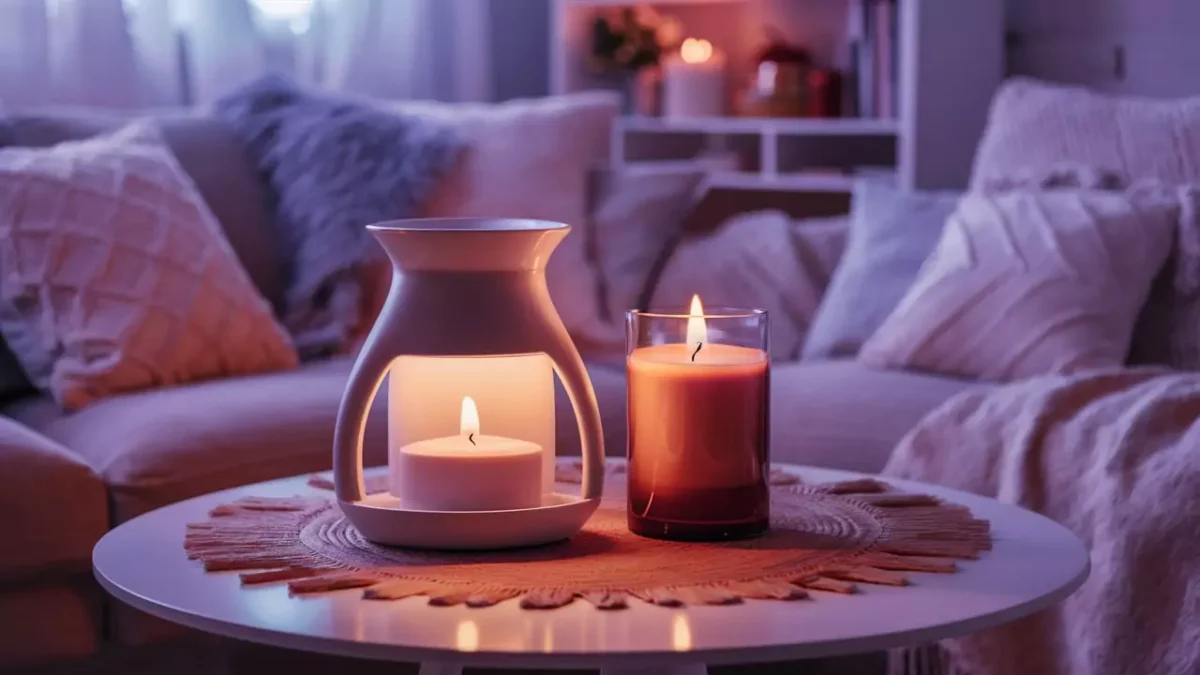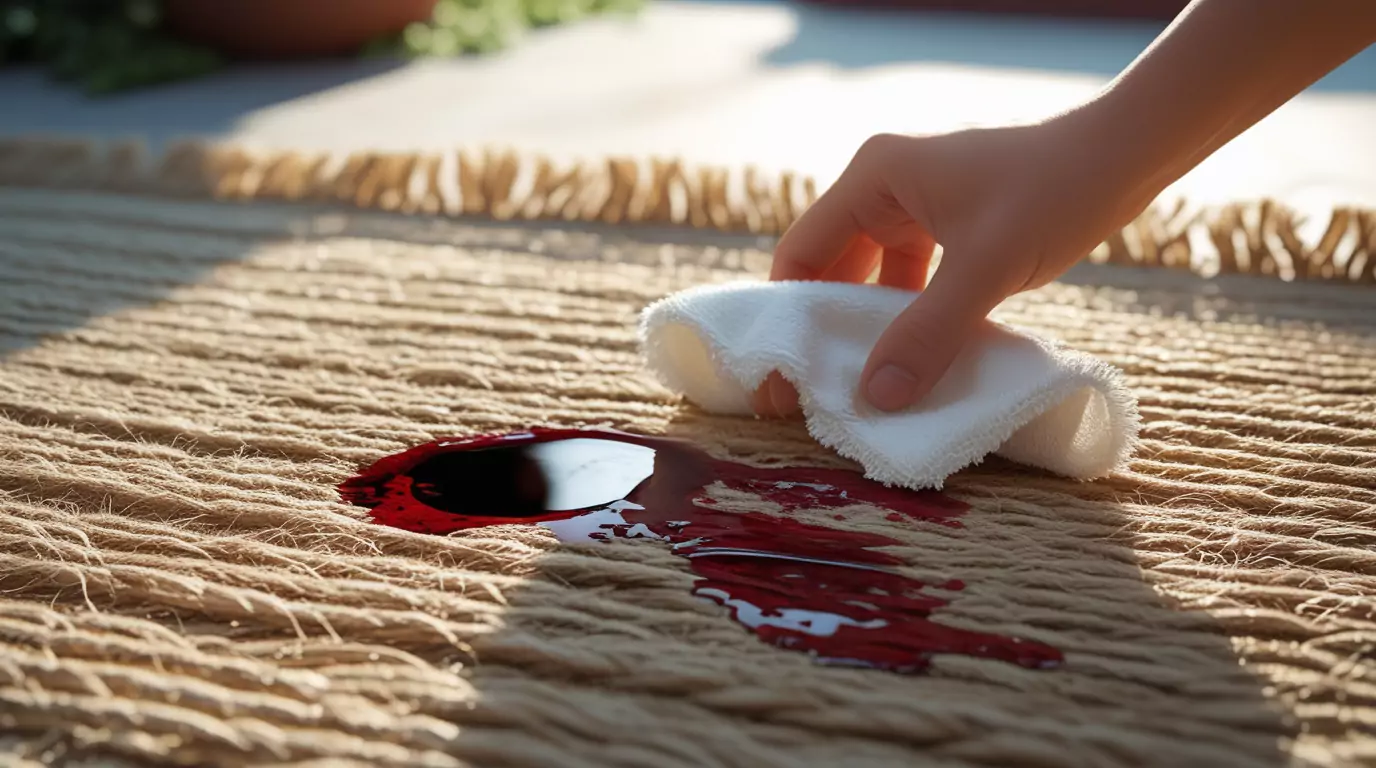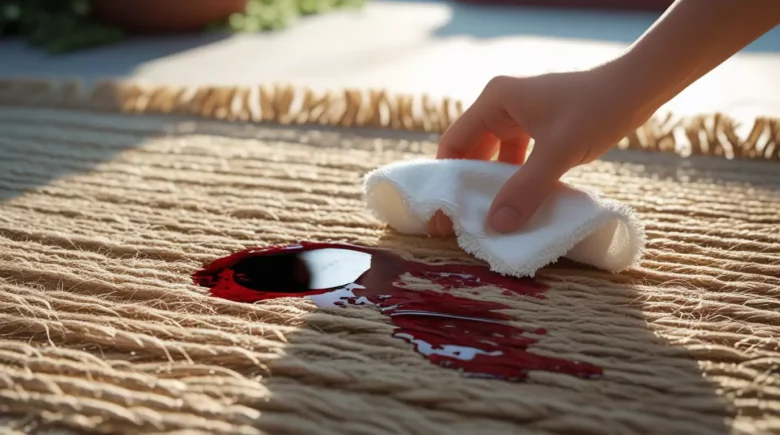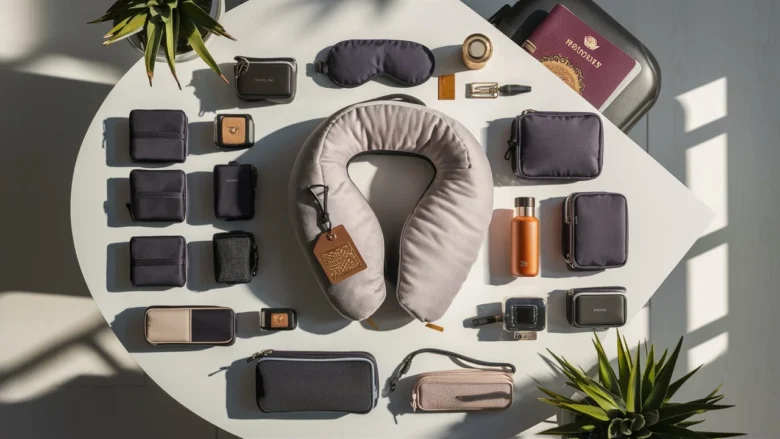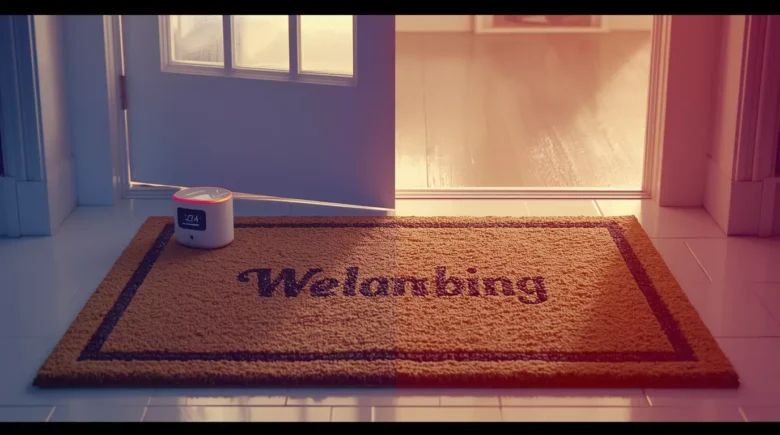You’re standing in the candle aisle, holding that $30 three-wick candle, wondering if you should grab one of those electric warmers too.
- The Real Question Everyone’s Actually Asking
- What Exactly Is An Electric Candle Warmer?
- 💖 You Might Also Like
- Traditional Candle Burning: The Classic Method
- Electric Candle Warmer vs Traditional Candle Burning: The Safety Showdown
- Safety Concerns With Traditional Candles
- Electric Warmer Safety Benefits
- The Ambiance Factor: Why This Actually Matters
- ✨ More Stories for You
- Fragrance Performance: The Smell Test Results
- Cost Analysis: What Actually Saves You Money
- When To Use Each Method: My Personal Rules
- Use Traditional Candles When:
- Use Electric Warmers When:
- 🌟 Don't Miss These Posts
- The Types of Electric Warmers: Which One to Buy
- Lamp-Style Warmers (Top-Down)
- Hot Plate Warmers (Bottom-Up)
- Wax Melt Warmers
- Common Mistakes People Make (And How to Avoid Them)
- With Traditional Candles:
- With Electric Warmers:
- Environmental Impact: The Surprising Truth
- FAQs: The Questions Everyone Actually Asks
- Do electric warmers smell as strong as burning candles?
- Can I leave an electric warmer on all day?
- Do warmers work with all candles?
- Are electric warmers safer for pets?
- How long do candles last in warmers?
- Do I need special candles for warmers?
- Can warmers catch fire?
- Do warmers use a lot of electricity?
- My Final Take: Which Should You Choose?
- What I Actually Use (And Why)
- The Bottom Line
Your friend Sarah swears by her warmer. Your mom still lights candles the old-school way. And you’re stuck in the middle trying to figure out what’s actually worth your money.
Here’s the thing – I’ve been down this exact road.
I used to burn through candles faster than my budget could handle. Then I discovered warmers and thought I’d found the holy grail. Spoiler alert: both have their place, but knowing when to use which one changes everything.
The Real Question Everyone’s Actually Asking
“Will my house smell as good with a warmer as it does with a lit candle?”
Short answer: Yes, but differently.
Long answer: Keep reading because there’s way more to this story.
What Exactly Is An Electric Candle Warmer?
Think of it as a mini hot plate for your candle.
No flames. No smoke. Just gentle heat that melts the wax from the bottom up.
There are two main types:
- Top-down warmers (like a lamp that heats from above)
- Bottom-up warmers (like a hot plate that heats from below)
The science is simple. Heat releases the fragrance oils. Your room smells amazing. End of story.
💖 You Might Also Like
Traditional Candle Burning: The Classic Method
This is what your grandma did. Light the wick. Watch the flame dance. Enjoy the scent and ambiance.
The flame creates a melt pool that releases fragrance. Plus you get that cozy, flickering light that screams “home.”
But here’s what most people don’t think about…
Electric Candle Warmer vs Traditional Candle Burning: The Safety Showdown
Safety Concerns With Traditional Candles
Let me be brutally honest here.
Candles cause about 8,200 house fires every year in the US. That’s roughly 22 fires per day. Just from candles.
The biggest risks:
- Unattended flames (the #1 cause of candle fires)
- Pets knocking them over (my cat Oliver taught me this the hard way)
- Kids getting too close (hot wax burns are no joke)
- Curtains, papers, or decorations catching fire
- Falling asleep with candles burning
I learned this lesson at 2 AM when my smoke detector went off. Nothing actually caught fire, but the scare was enough. Now I have rules.
Electric Warmer Safety Benefits
Here’s why warmers win the safety game:
- No open flames (obviously)
- Automatic shut-off (most good ones have this)
- Lower temperatures (warm, not burning hot)
- Can’t tip over and cause fires (well-designed ones anyway)
- Safe around pets and kids (though still keep an eye on things)
But they’re not foolproof. Cheap warmers can overheat. Electrical issues can happen. You still need to pay attention.
The Ambiance Factor: Why This Actually Matters
Here’s where traditional candles fight back hard.
That flickering flame? It’s not just pretty. It’s psychological.
What candle flames give you:
- Instant cozy vibes (your brain is wired to love fire)
- Romantic atmosphere (try proposing with a candle warmer… exactly)
- Stress relief (watching flames is naturally calming)
- Holiday and special occasion magic
What warmers give you:
- Consistent scent (no flame means even heating)
- Cleaner air (no soot or smoke)
- Longer-lasting fragrance (we’ll get into this next)
- Peace of mind (you can actually relax)
✨ More Stories for You
Fragrance Performance: The Smell Test Results
This is where it gets interesting.
I tested the same candle both ways for a week. Same room, same size, same everything.
Traditional burning:
- Strong scent throw for first 2-3 hours
- Fragrance fades as wick gets longer
- Soot can actually block scent
- Uneven burning means wasted wax
Electric warmer:
- Takes 10-15 minutes to warm up
- More consistent fragrance output
- Uses ALL the wax (no waste)
- Scent lasts until every drop is gone
Winner? Depends on what you want.
Quick intense fragrance = traditional burning Long consistent fragrance = electric warmer
Cost Analysis: What Actually Saves You Money
Let’s do the math because everyone cares about this.
Traditional Candle Burning:
- Average 3-wick candle: $25-30
- Burns for about 35-45 hours
- Cost per hour: roughly $0.60-0.85
Electric Warmer Method:
- One-time warmer cost: $15-50
- Same candle lasts 60-80+ hours (no waste)
- Electricity cost: about $0.02 per hour
- Cost per hour after warmer purchase: roughly $0.35-0.45
The warmer pays for itself after 2-3 candles. Then you’re saving money every single time.
Plus, you can use wax melts which are way cheaper than candles.
When To Use Each Method: My Personal Rules
After years of trial and error, here’s my system:
Use Traditional Candles When:
- Having people over (ambiance matters)
- Taking a bath (nothing beats candlelit relaxation)
- Romantic dinners (don’t be that person with a warmer)
- Power outages (practical + pretty)
- You’re actively supervising (can enjoy safely)
Use Electric Warmers When:
- Working from home (set it and forget it)
- Sleeping (if it has auto shut-off)
- Around pets or kids (safer choice)
- Want all-day fragrance (consistency wins)
- Saving money (no wasted wax)
🌟 Don't Miss These Posts
The Types of Electric Warmers: Which One to Buy
Not all warmers are created equal.
Lamp-Style Warmers (Top-Down)
- Use regular jar candles
- Heat from halogen bulb above
- Even melting
- Price range: $20-40
Hot Plate Warmers (Bottom-Up)
- More intense heat
- Works with any candle
- Faster fragrance release
- Price range: $15-35
Wax Melt Warmers
- Only for wax cubes/melts
- Cheapest option
- Easy to change scents
- Price range: $10-25
My recommendation? Start with a lamp-style warmer. It works with candles you already own. Less likely to overheat. Looks decent in most rooms.
Common Mistakes People Make (And How to Avoid Them)
With Traditional Candles:
- Burning too long (max 4 hours at a time)
- Not trimming wicks (causes smoking and uneven burning)
- Putting them out wrong (blow out = smoke, use a snuffer)
- Burning in drafty areas (makes them burn unevenly)
With Electric Warmers:
- Buying cheap ones (fire hazard and poor performance)
- Leaving wax in too long (old wax loses fragrance)
- Not cleaning regularly (affects scent throw)
- Using wrong size candles (check compatibility first)
Environmental Impact: The Surprising Truth
Traditional candles create:
- Soot (indoor air pollution)
- CO2 from burning
- More packaging waste (shorter lifespan)
Electric warmers:
- Use electricity (depends on your power source)
- Last longer (less overall waste)
- No air pollution in your home
Winner: Warmers, but it’s closer than you’d think.
FAQs: The Questions Everyone Actually Asks
Do electric warmers smell as strong as burning candles?
Yes, but differently. Warmers give consistent, longer-lasting fragrance. Burning gives intense fragrance that fades over time.
Can I leave an electric warmer on all day?
Only if it has an auto shut-off feature. Even then, I wouldn’t recommend it for safety reasons.
Do warmers work with all candles?
Most work with standard jar candles. Check size compatibility before buying.
Are electric warmers safer for pets?
Much safer than open flames, but hot wax can still burn paws. Keep them out of reach.
How long do candles last in warmers?
50-80% longer than traditional burning because you use all the wax without waste.
Do I need special candles for warmers?
Nope. Regular jar candles work fine. Avoid candles with wooden wicks in warmers though.
Can warmers catch fire?
Quality warmers with safety features are very low risk. Cheap ones without auto shut-off can overheat.
Do warmers use a lot of electricity?
About 15-25 watts, similar to a small light bulb. Costs pennies per day.
My Final Take: Which Should You Choose?
Here’s the truth nobody wants to tell you.
You probably need both.
I know, I know. That sounds like I’m trying to sell you more stuff. But hear me out.
Get a good electric warmer for daily use. Keep a few nice candles for special occasions.
This gives you:
- Daily fragrance without worry (warmer)
- Amazing ambiance when it matters (candles)
- Maximum value from your candles (warmer uses all the wax)
- Safety and flexibility
What I Actually Use (And Why)
In my home office: Electric warmer running most days In the bedroom: Electric warmer with auto shut-off In the living room: Candles when we have company, warmer otherwise In the bathroom: Candles for baths, nothing otherwise
Total investment: One $25 warmer, saved hundreds in wax waste.
The Bottom Line
Electric candle warmer vs traditional candle burning isn’t really a competition. They serve different purposes.
Warmers win on safety, cost, and consistency. Traditional candles win on ambiance and tradition.
Pick based on your priorities. Safety first, vibes second. Your wallet (and your insurance company) will thank you.
And remember – the best home fragrance method is the one you’ll actually use safely and consistently.
Whether that’s an electric warmer or the old-school flame method, both beat a house that smells like yesterday’s takeout.
So grab whichever option makes you happy, follow the safety rules, and enjoy making your space smell amazing.
That’s what really matters at the end of the day.


